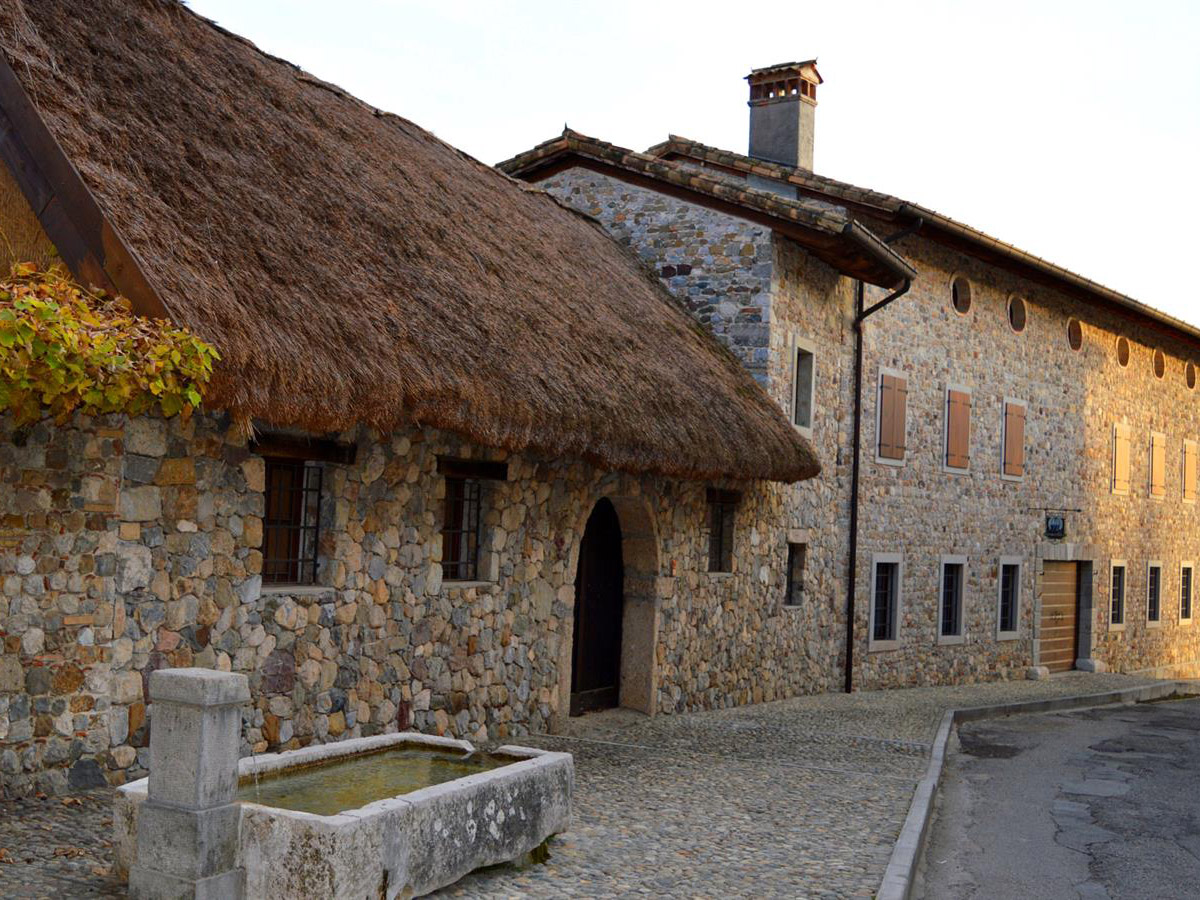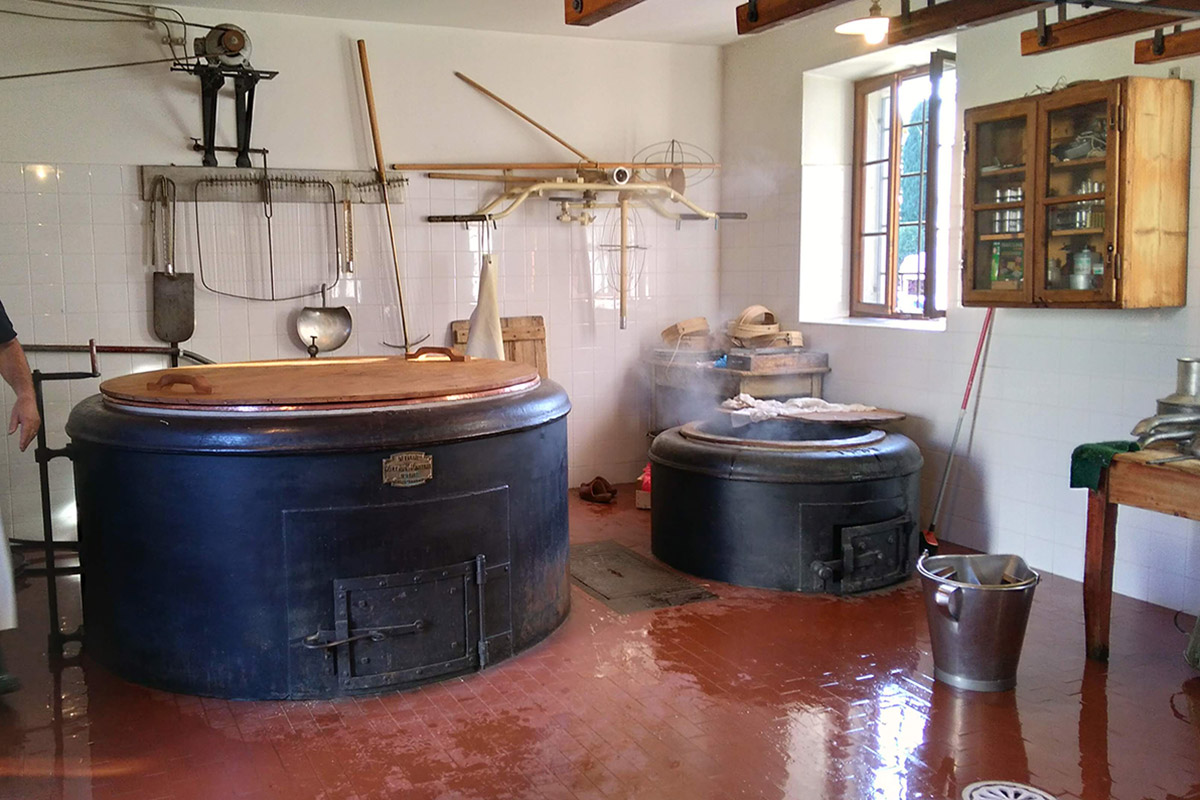The “Cjase Cocèl” Museum
The house, an ancient country dwelling dating back in some parts to 1600, shows daily life and Friulan peasant labour in the period running from the end of the 1900s more or less up until the 1950s, that is, before the great
changes that occurred in Friuli in life and work during the 1960s.
The name, Cjase Cocèl, refers to the Chiarvesio family (nicknamed Cocèl) who for many years lived in the house, and it has been maintained to remember this local farming family as well as to emphasize the museum’s spirit, that is to reconstruct the house itself, as it once was. Indeed the visitor is given the impression of a place that is alive, with a kitchen, bedrooms a cellar granary, farmyard and workshop having been reconstructed, all made possible as a result of the presence of people perform various operations using old tools.
Linked to the household economy are activities such as clothes manufacture, especially women’s, including the various textile fibrer used in weaving and the loom. In this context we find the local variety of lace-making, “merletto a tombolo fagagnese”. In this old (lace-making) school the classroom has been rebuilt and its history documented with photographs, correspondence, certificates, diplomas and samples. Alongside the house special care has been devoted to recreate the Broili, a smallholding in which is planted the central avenue of mulberry trees (needed for the breeding of the silkworm), four rows of vines with varieties used in Friuli viticulture along with various types of vegetables.
Completing the compendium of the Friulan house are the structures that host activities closely connected with farming including the threshing-machine (trebie), the mill (mulin), the forge (farie), the dairy (latarie), the tavern (ostarie) and the classroom (scuele). An outbuilding has also been created with a rye straw roof, like those that you could see in the local villages until the start of the the 20th century.
The museum is available to schools with a range of educational activities involving visits with precise themes including the house, the family, farm work and the economy and fall within the remit of educational projects intended to offer enrichment to individual schools. To support and supplement the guided visits, we have also designed specific learning materials.














